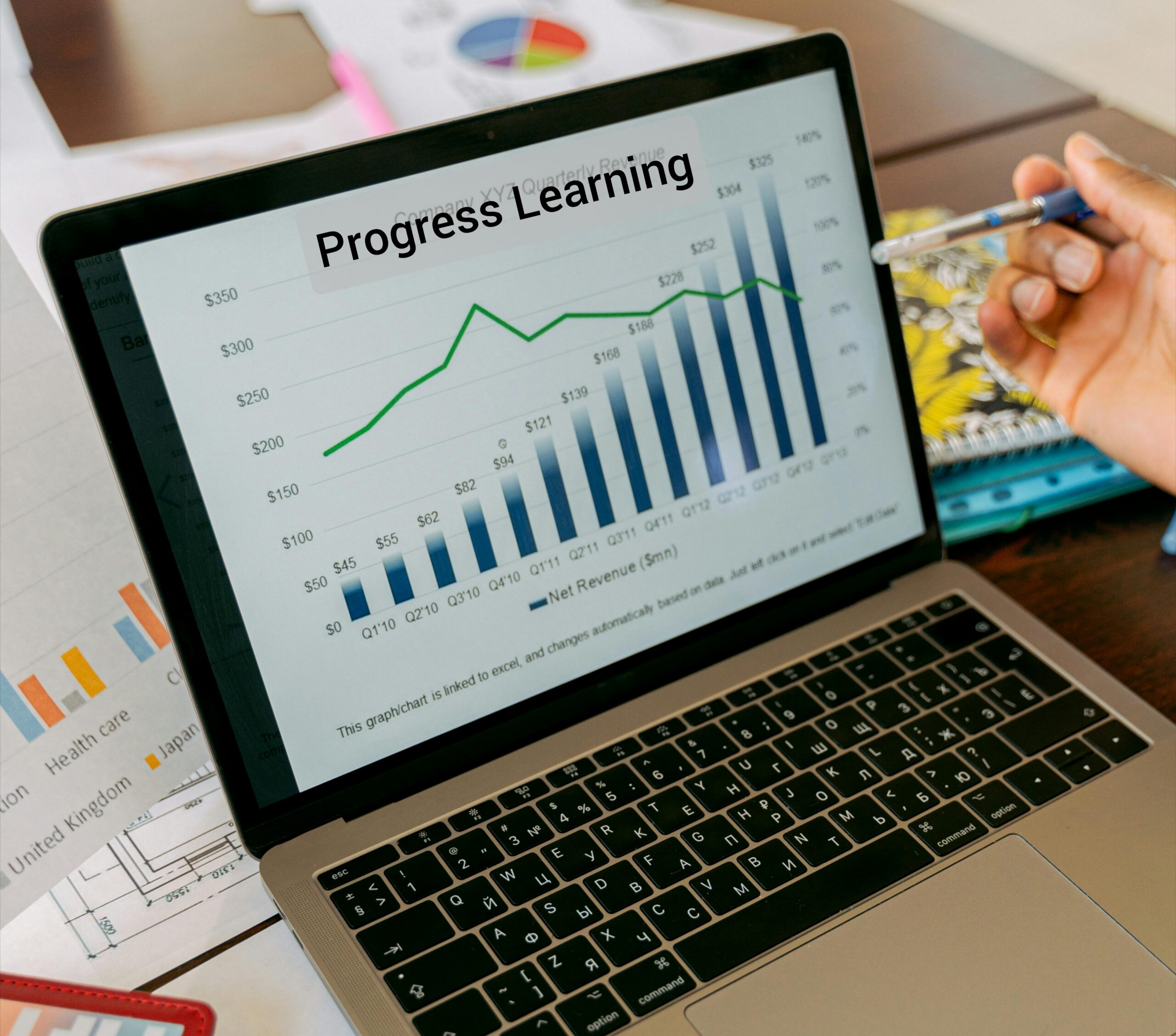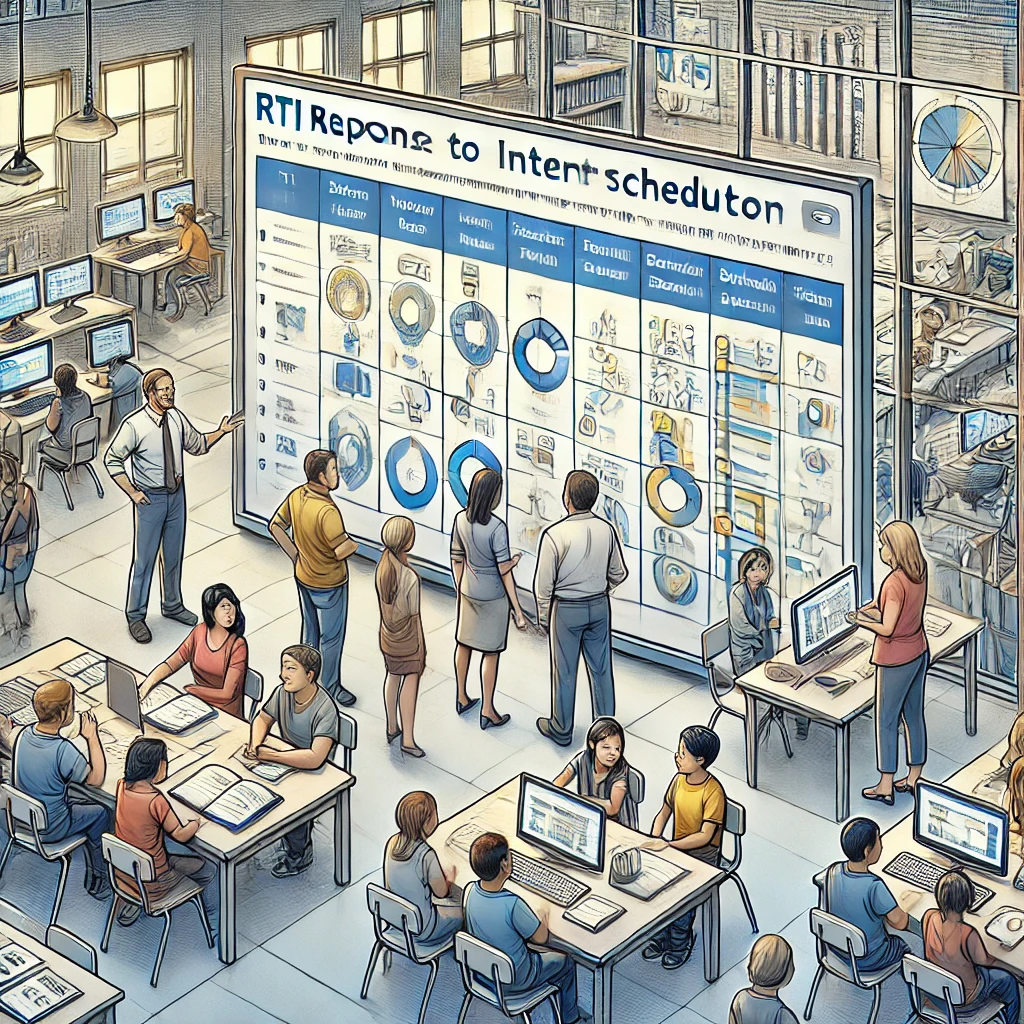Unlocking Student Potential: How Progress Learning Enhances Educational Growth
er-evolving educational landscape, unlocking student potential has become the prime objective of educators, policymakers, and parents alike. A focus on creating tailored, engaging, and effective learning experiences is crucial to ensure that students not only meet educational benchmarks but also develop the skills necessary for lifelong success. Among the various methods and strategies employed to enhance student outcomes, progress learning stands out as one of the most effective approaches for fostering growth and achievement.
This article will explore how progress learning empowers students, the key components of progress learning systems, the benefits of adopting such a strategy, and the real-world impacts on educational growth. With over 2,000 words dedicated to this subject, this comprehensive guide will delve deep into how progress learning can unlock the full potential of every student, making education more dynamic, personalized, and transformative.
What is Progress Learning?
Progress learning is a systematic, data-driven approach to education that focuses on measuring, analyzing, and supporting student development over time. Unlike traditional models, which often rely on standardized assessments that capture performance at a specific moment, progress learning tracks continuous improvement through formative assessments, targeted interventions, and personalized learning paths.
The foundation of progress learning is its ability to recognize where a student currently stands in their academic journey, providing insights into their strengths and areas for growth. Teachers, armed with this data, can adjust instruction to meet individual needs, ensuring that every student receives the guidance they require to excel.
Key Components of Progress Learning
To fully appreciate how progress learning enhances educational growth, it’s essential to understand its core components. Each element works in tandem to create a comprehensive, supportive framework designed to optimize learning outcomes.
1. Continuous Assessment and Feedback
The backbone of progress learning is continuous assessment. Instead of waiting for periodic exams, progress learning integrates regular formative assessments into the learning process. These assessments are often low-stakes and designed to provide real-time feedback on student performance. By doing so, students and teachers alike can monitor progress throughout the learning process.
Continuous feedback is invaluable in keeping students engaged and motivated. When students see incremental progress and receive constructive guidance, they are more likely to take ownership of their learning. Moreover, feedback allows teachers to identify misconceptions early and provide timely interventions, minimizing learning gaps.
2. Personalized Learning Plans
Every student learns differently, and progress learning recognizes this by tailoring education to individual needs. Personalized learning plans, a key feature of progress learning, provide each student with a customized roadmap that outlines their unique academic goals, challenges, and strengths. By using data from assessments, educators can create plans that are both challenging and attainable, ensuring that students are constantly growing without becoming overwhelmed.
Personalization also fosters a sense of ownership. Students who feel that their learning experience is designed for them are more likely to be invested in their educational outcomes, leading to higher levels of engagement and self-directed learning.
3. Targeted Interventions
One of the major advantages of progress learning is the ability to implement targeted interventions based on data. For instance, if a student consistently struggles with a specific concept or skill, the teacher can intervene with specialized support, whether through additional resources, one-on-one instruction, or tutoring.
Progress learning systems often employ sophisticated algorithms that identify learning gaps and suggest appropriate interventions. This ensures that struggling students receive the help they need while excelling students are provided with advanced opportunities for enrichment.
4. Data-Driven Instruction
Progress learning places a strong emphasis on data. By collecting and analyzing data from assessments, learning activities, and student behaviors, educators can make informed decisions about how to adjust instruction. Data-driven instruction helps teachers align their teaching strategies with student needs, ensuring that no student is left behind.
Data can reveal patterns, trends, and areas that need improvement. For example, if a large percentage of a class is struggling with a particular concept, the teacher can revisit the topic and explore new teaching methods to improve understanding. Data-driven instruction also allows for the creation of flexible groupings where students can collaborate on similar challenges, fostering peer support.
5. Goal Setting and Reflection
An important aspect of progress learning is the emphasis on goal setting and reflection. Teachers encourage students to set short-term and long-term academic goals based on their current performance and aspirations. These goals act as a guiding force, helping students stay focused and motivated throughout their learning journey.
Reflection, another crucial element, allows students to evaluate their own progress, identify areas where they need to improve, and celebrate their achievements. Reflection sessions, often done in collaboration with teachers or peers, build metacognitive skills, enabling students to become more self-aware and strategic learners.
The Benefits of Progress Learning
The adoption of progress learning as an educational strategy has far-reaching benefits for students, teachers, and the broader educational ecosystem. Below are some of the key advantages:
1. Enhanced Student Engagement and Motivation
One of the most significant benefits of progress learning is the positive impact it has on student engagement and motivation. When students receive continuous feedback and see tangible evidence of their progress, they are more likely to stay engaged with the material. The personalized nature of the learning experience also means that students are working on tasks that are challenging but achievable, keeping them in a productive state of learning.
Motivation is further enhanced through goal setting and self-reflection, which allow students to take ownership of their education. With a clear path forward and regular milestones to achieve, students are motivated to put in the effort needed to reach their potential.
2. Improved Academic Achievement
By providing targeted interventions and personalized learning experiences, progress learning ensures that students receive the support they need to overcome challenges and excel academically. The data-driven approach minimizes the risk of students falling behind, as teachers can quickly address learning gaps as they arise.
Progress learning also encourages students to become active participants in their own learning, which leads to deeper understanding and better retention of material. Over time, these practices contribute to improved academic achievement across a range of subjects and skills.
3. Development of Critical Skills
Beyond academic performance, progress learning helps students develop a variety of critical life skills. The process of setting goals, reflecting on progress, and making adjustments fosters important traits such as resilience, adaptability, and problem-solving. Students learn to manage their time effectively, persevere through challenges, and take responsibility for their own learning.
These skills are not only essential for academic success but also for success in the workplace and in life. By developing a growth mindset, students become more equipped to tackle new challenges and continue learning throughout their lives.
4. Teacher Empowerment
Progress learning not only benefits students but also empowers teachers by providing them with the tools and data they need to make informed decisions. With a wealth of data at their disposal, teachers can customize their instruction to meet the needs of every student, creating a more inclusive and supportive learning environment.
Moreover, progress learning systems often include resources and professional development opportunities that help teachers refine their skills and stay up-to-date with the latest educational trends. This enhances the overall quality of teaching and ensures that educators are well-equipped to support their students’ growth.
Real-World Examples of Progress Learning in Action
To better understand the transformative impact of progress learning, let’s examine a few real-world examples of its implementation:
1. K-12 Schools
Many K-12 schools have successfully implemented progress learning systems, particularly in the form of personalized learning platforms. For example, schools that use platforms like i-Ready or MAP Growth can track student progress in real time, allowing teachers to intervene early and provide personalized support.
These platforms provide continuous feedback, helping students build a deeper understanding of subjects like math and reading. As a result, schools that adopt progress learning strategies often see improvements in standardized test scores, graduation rates, and overall student satisfaction.
2. Higher Education
In higher education, progress learning is being used to provide more personalized and adaptive learning experiences. Universities are increasingly turning to learning analytics and progress tracking tools to support student success, particularly in online and blended learning environments.
For instance, some universities have adopted progress learning platforms that allow instructors to monitor student engagement, track assignment completion, and provide targeted feedback in real time. This approach has led to improved retention rates, higher levels of student satisfaction, and better academic outcomes.
3. Adult Learning and Professional Development
Progress learning is not limited to traditional educational settings. It is also being used in adult learning and professional development programs to help individuals acquire new skills and advance their careers. By providing personalized learning paths and continuous feedback, progress learning platforms enable adults to master new concepts at their own pace, leading to more effective and efficient learning.
Challenges and Considerations
While progress learning offers numerous benefits, there are also challenges and considerations that educators must keep in mind when implementing this approach.
1. Technology Integration
Progress learning often relies on digital platforms and tools to track student progress and provide feedback. This means that schools and institutions must invest in the necessary technology and infrastructure to support these systems. Additionally, teachers and students must be trained on how to use these tools effectively.
2. Equity and Access
Not all students have equal access to technology and resources, which can create disparities in learning outcomes. Schools must ensure that all students have access to the necessary tools and support to fully benefit from progress learning.
3. Data Privacy and Security
With the increased use of data in progress learning, there are concerns about privacy and security. Schools and institutions must take steps to protect student data and ensure that it is used responsibly.
Conclusion
Progress learning is a powerful approach to education that has the potential to unlock student potential and foster long-term educational growth. By focusing on continuous assessment, personalized learning plans, targeted interventions, and data-driven instruction, progress learning provides a comprehensive framework for supporting students at every stage of their academic journey.
Also Read: Maximizing Intervention Efficiency with RTI Scheduler: A Comprehensive Guide
As more schools and institutions adopt progress learning strategies, the future of education will likely become more dynamic, personalized, and student-centered. By embracing this approach, educators can ensure that every student has the opportunity to reach their full potential and succeed in an increasingly complex and interconnected world.




Post Comment